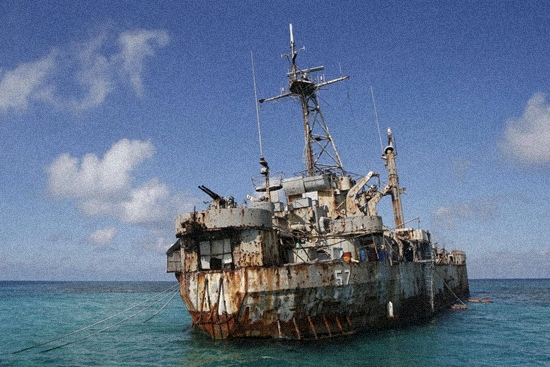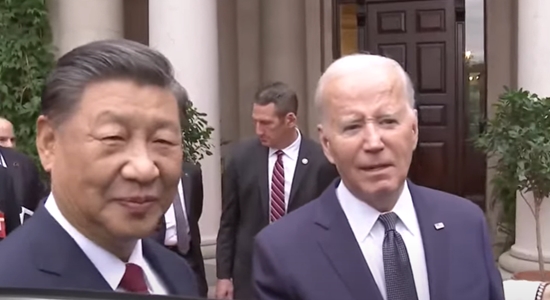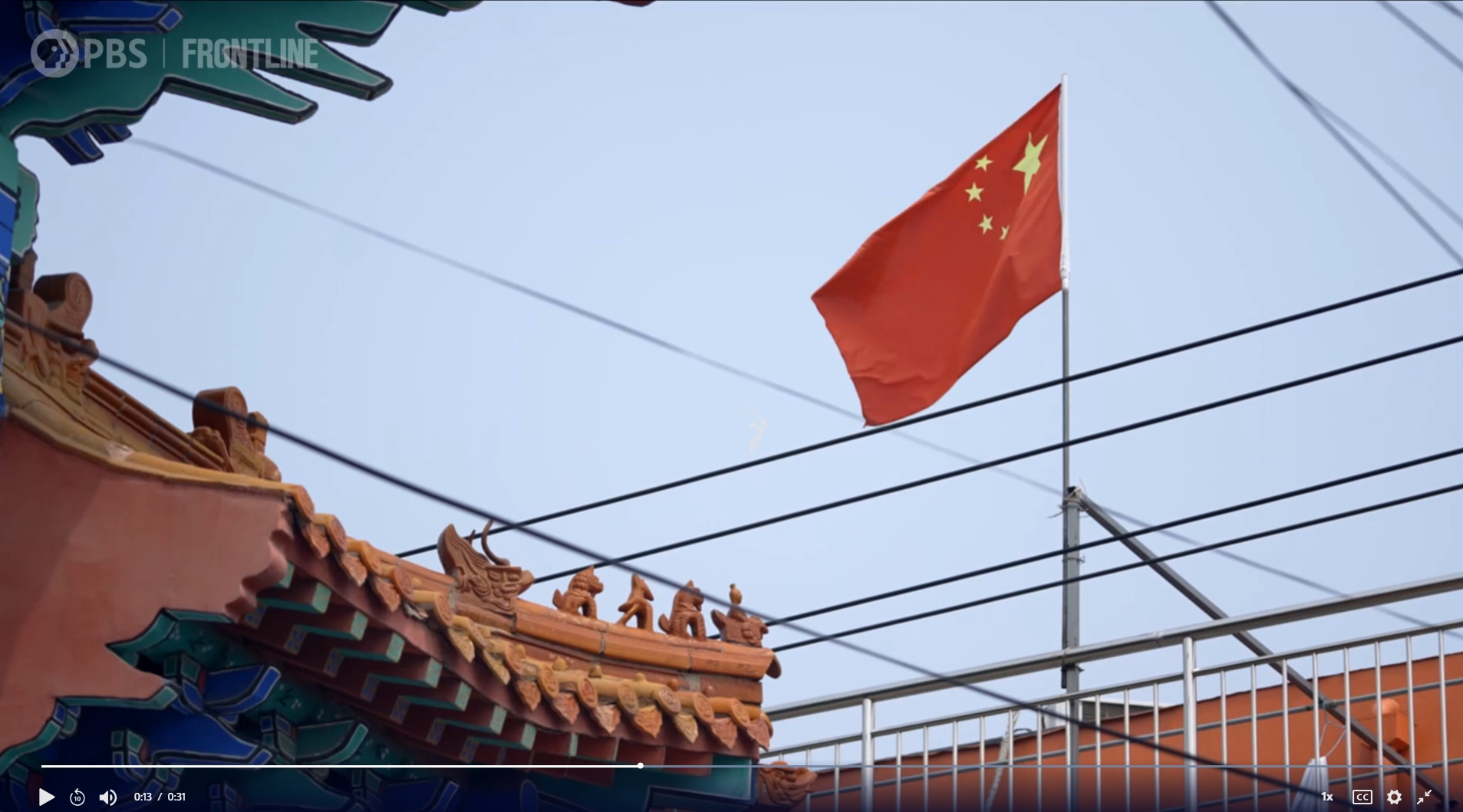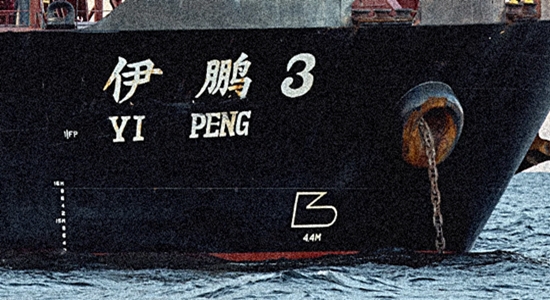
How much Chinese aggression is enough?
China claims territory within the Philippines’s exclusive economic zone, as defined by the United Nations, which upheld Manila’s EEZ rights in 2016.
By showing interest in the Spratly Islands, China has openly ignored the UN’s ruling. One flashpoint last year and this has been the Second Thomas Shoal, 105 nautical miles from Philippine shores and 620 nautical miles from China. This shoal, submerged at high tide, is “defended” by a beached ship manned by Philippine marines (the Sierra Madre, shown above). The surrounding waters are fished.
A look at the timeline suggests how Beijing deals with smaller powers.
January 2023. President Ferdinand Marcos and Xi Jinping announce a hotline set up for border dispute resolution.
February 2023. Chinese Coast Guard vessel attacks Philippine Coast Guard vessel in Philippine waters with lasers, causing injury.
August 2023. Chinese naval vessels fire water cannons to drive Philippine fishermen away from the Second Thomas Shoal in Philippine waters.
August 2023. Manila resorts to the hotline. Beijing fails to answer Manila’s hotline calls.
October 2023. Chinese vessels collide with two Philippine ships in Philippine waters; Manila says its ships were rammed.
December 2023. Chinese ships swarm Philippine vessels and ram a ship resupplying Manila’s garrison on Second Thomas Shoal.
January 2024. Philippines and China meet for what Manila calls “frank and productive discussions to de-escalate the situation in the South China Sea.”
January 2024. China again deploys a water cannon against Philippine ships in Philippine waters. Manila calls it a “provocative action.”
January 2024. Aircraft carrier USS Carl Vinson begins drills with the Philippine Navy in the South China Sea.
January 2024. Manila airdrops supplies for its forces on Second Thomas Shoal.
January 2024. China’s Eastern Theater Command issues a statement denouncing the USS John Finn’s passage through the Taiwan Strait.
January 2024. The Armed Forces of the Philippines says that it will deploy more Navy assets in the Scarborough Shoal following an absurd seashell incident, more on which below.
January 2024. The Philippines Department of Foreign Affairs says that in January 2024 alone, the agency issued four notes verbale to China protesting infringements.
Last year there were Chinese provocations in Vietnam’s waters as well, though not with this frequency. Meanwhile, in the air around Japan, Tokyo says that it has scrambled jets against Chinese threats 392 times in nine months.
The Philippine government has not found a remedy for China’s aggressiveness. The carrots in terms of hotlines, diplomatic meetings, “frank and productive discussions” have done little. And where is America in all this?
In October, three U.S. Senators asked President Biden for options in supporting the Philippines against China. Interestingly, this came five months after Washington and Manila published Bilateral Defense Guidelines supplementing their bilateral Mutual Defense Treaty.
According to the Congressional Research Service, an attack “anywhere in the South China Sea,” on either country’s “public vessels, aircraft, or armed forces—which includes their Coast Guards—would invoke mutual defense commitments.” This did not provide much deterrence in 2023, as the senators surely noticed. Nor did deterrence follow from the “approximately 20 military exercises and events” between the U.S. and Philippines conducted annually, “including patrols” in the shoals. The carrots don’t work and shows of force and demonstrations are just that—shows. They are not sticks and in this case proved useless. As long as the Philippines and its ally shun violence (the stick), the incursions will grow worse.
In one recent incident, the Chinese Coast Guard, sailing in Philippine waters, discovered Philippine fishermen collecting sea shells on Scarborough Shoal. Hundreds of miles from China’s coasts, China’s Coast Guard forced them to return the shells to the shoal and leave. The shells thus seem to be “Chinese property.” In that sense, the air over the Spratlys is also “Chinese property” and will eventually contain Chinese warplanes, sent to keep the surrounding waters Pinoy-free.
A small, ridiculous matter, the status of sea shells, can in this way be used to establish a principle that poses a very serious problem.
With respect to the Mutual Defense Treaty, the question becomes what are “commitments” and what is an “attack.” Clearly, nothing that happened in 2023 was considered an attack—not by Manila, not by Washington—despite what the Law of the Sea may have established and despite what common sense tells us.
It seems possible that incidents small enough to preclude invoking the Mutual Defense Treaty are designed to provoke an overreaction and so trigger a powerful military response by the publicly aggrieved, retaliating, “wronged” Chinese power.
If not, these incidents are being used to establish a principle. Continued incidents reinforce China’s claims until such time as full, violent force can be triggered when least injurious or most profitable.
Meanwhile, this month will see India complete delivery of an order of anti-ship missiles to the Philippines as a new poll shows that 70% of Philippine adults now favor military measures to stop Chinese harassment.
Perhaps the Philippine public will drive a solution to this problem. □
James Roth works for a large defense contractor in Virginia.





